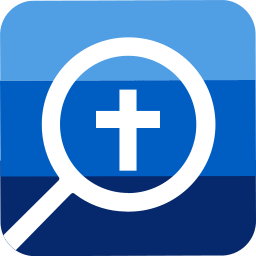Bob Mould's Workbook: 33 1/3
Ebook
Overview
In 1989, Bob Mould took a left turn. Already legendary before his 30th birthday for his noise-and-nuance work in Hüsker Dü, Mould had recently walked away from his old band. He re-emerged with his debut solo album: Workbook. Filled with chiming acoustic guitars, multitracked vocals, pristine production, and even a cello, Workbook was both admired and questioned for Mould’s perceived departure from his post-punk roots.
Three decades later, the album has emerged as a key for understanding the nascent alternative rock genre and the concerns Mould would explore for the duration of his career. Fusing post-punk sound and confessional lyrics with a richer emotional and musical range, Mould’s Workbook merged worlds that seemed unbridgeable at the time. Alternative rock emerged from the wreckage of the 1980s, and Workbook was a model for the genre’s maturation.
Workbook serves its title in two ways-as a map for musicians to follow into a new mode, and as a journal of Mould’s struggle toward adulthood. It opens conversations about rock, identity, spirituality, authenticity, and the perils and promises of mainstream culture. Walter Biggins and Daniel Couch, two critics who grew up with Workbook, extend these conversations-through letters and emails to each other, and through correspondence with Mould and Workbook’s musicians and producers. That crosstalk leads to, through this seminal album, a deeper understanding of “alternative rock” at the moment of its inception, just before it took over the radio.
Workbook offers a close look at the music, production, and contexts of the album, and, by doing so, places the record in the center of the various discourses that would evolve into alternative and, later, indie rock
The only book to focus specifically on Workbook and to argue that it is actually one of Mould’s most important album-for him as a musician and songwriter but also for the larger development of independent rock culture
Includes correspondence with Mould and Workbook’s musicians and producers
Written in a series of e-mails and letters between the authors, with this crosstalk serving as a model for others to think about and argue over the aesthetics and politics of indie rock, now and then
Introduction
1. Influence
2. Fathers and Sons
3. “It’s All Coming Back in a Way”
4. Necessary Evils
5. Workbook as Notebook
6. Try it On, See How it Fits
7. Salinger and Bob’s (Workbook)
8. Wall of Sound, Wall of Words
9. Zebra Cocktail
10. Skateboards and Suits
11. Independence and Interdependence
12. Changes
13. The Road Not Taken
Thanks and Acknowledgments
Resources
Being in a literary conversation style, between an editor and a professor that have known each other since childhood… this 33 1/3 entry makes for interesting reading.
- Title: Bob Mould's Workbook
- Authors: Walter Biggins, Daniel Couch
- Series: 33 1/3
- Publisher: Bloomsbury Academic
- Print Publication Date: 2017
- Logos Release Date: 2024
- Pages: 160
- Language: English
- Resources: 1
- Format: Digital › Ebook
- ISBNs: 9781501321375, 9781501321351, 1501321358, 1501321374
- Resource ID: LLS:9781501321375
- Resource Type: Monograph
- Metadata Last Updated: 2025-04-22T15:01:17Z
Walter Biggins is an executive editor at the University of Georgia Press, USA, as well as a freelance writer, based in Atlanta, Georgia. His work has appeared in Glide Magazine, Bookslut, RogerEbert.com, The Comics Journal, Pop Matters, and The Baseball Chronicle, among other periodicals.
Daniel Couch is a professor of English literature and composition at Chemeketa Community College, USA and the editor of What, Where, How: The Practical Handbook for College Writers. His work has appeared in Tape Op Magazine, One Week // One Band, and the Quietus, among others.
